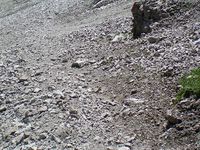Ko:Tag:natural=scree
영어 원본의 내용을 이해할 수 있다면 번역 완료에 힘을 모아 주십시오. 번역 방법에 대해서는 위키 번역 방법에 대한 설명을 읽어주시길 바랍니다. 만약 이 문서의 번역이 충분하다고 판단되면 이 틀을 지워주시길 바랍니다.
이 즈음에는 맡아서 번역을 하는 사람이 없기 때문에, 당신이 이 작업을 해 줄 수 있습니다.
| 설명 |
|---|
| 풍화작용으로 부스러져 떨어져 쌓인 모난 돌 무더기 |
| OSM Carto에서 렌더링 |
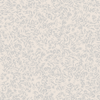
|
| 그룹: 자연 |
| 해당 요소의 사용 |
| 같이 보기 |
| 상태:사실상 표준 |
| 이 태그를 위한 도구 |
돌비알은 주로 풍화작용으로 부스러져 떨어진 암석이 반추형으로 쌓인 지형입니다. 돌비알(위키백과)을 참조하십시오.
More specifically scree is formed by rockfall from adjacent rockfaces and often accumulates in the form of sloped cones called talus. Scree consists of rock fragments with sharp edges that can vary in size from millimetres to meters.
주의! 화산 활동이나 빙하 활동의 오래된 결과로 생겨난 "너덜겅(위키백과)"과는 구분하십시오. '너덜겅' 지대는 'natural=blockfield' 태그로 태그하십시오.
Do not use this tag for loose rounded gravel on beaches or in river beds; in those cases use natural=shingle instead.
This tag is usually not used for man-made features (e.g. gravel depots, railway track ballast).
How to map
![]() To map an area of scree you can just draw a line closing on itself, marking the area of scree and tag it natural=scree. To map large scree covered areas you can use relation:multipolygon with the same tag.
To map an area of scree you can just draw a line closing on itself, marking the area of scree and tag it natural=scree. To map large scree covered areas you can use relation:multipolygon with the same tag.
The rockface above the scree deposit can be mapped using natural=bare_rock or natural=cliff.
Examples
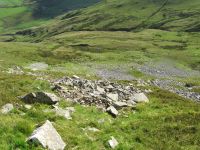
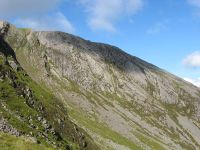
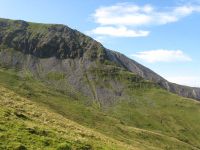 Various screes above the Nant Ffrancon valley in North Wales, showing that scale and location of screes are dependant on the rock from which they are formed.
Various screes above the Nant Ffrancon valley in North Wales, showing that scale and location of screes are dependant on the rock from which they are formed.
Rendering
Currently rendered in OSM Carto in bright gray-brown color with a dot pattern at high zoom levels.
See also
- natural=blockfield
- natural=shingle
- natural=bare_rock
- natural=sand
- natural=cliff
- hazard=falling_rocks for signposted falling rocks hazards
| ||||||||||||||||||||||||||||||||
